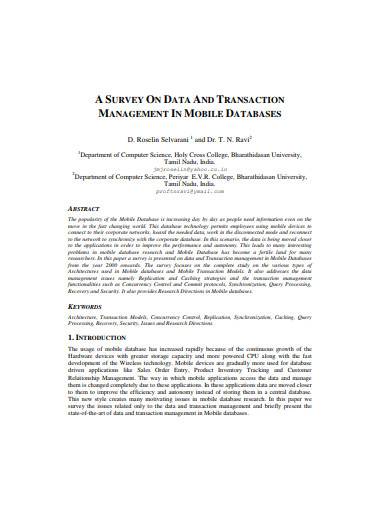
Now, let us write our Spring JDBC application which will implement simple operations on the Student and Marks tables. Here SID is the foreign key for the Student table.

Second table is Marks in which we will maintain marks for the students based on years. Let us take a Student table, which can be created in MySQL TEST database with the following DDL − Let us see how the above-mentioned steps work but before we begin, it is important to have at least two database tables on which we can perform various CRUD operations with the help of transactions. If the method finishes normally, the AOP advice commits the transaction successfully otherwise it performs a rollback. Target method will be executed in a try / catch block. If a method name has been included in the transactional configuration, then the created advice will begin the transaction before calling the method. We use tag, which creates a transaction-handling advice and at the same time we define a pointcut that matches all methods we wish to make transaction and reference the transactional advice. Here are the steps associated with declarative transaction − The bean configuration will specify the methods to be transactional. You only use annotations or XML-based configuration to manage the transactions. This means that you can separate transaction management from the business code.

Declarative transaction management approach allows you to manage the transaction with the help of configuration instead of hard coding in your source code.


 0 kommentar(er)
0 kommentar(er)
